I have been a fan of Khan Academy for about ten years now and it has been a pleasure to watch it expand its content and reach. When I first started using Khan Academy for RTI in my mathematics classroom, it was a struggle to get my district’s support. I had to email parents of students who were considered too young to create their own email address, which was required to join. Now my district has the Khan Academy App loaded on every student device and they are able to access their account with the Google login credentials. The offerings by Khan Academy are immense, and not limited to only mathematics. The image below shows just some of the content offered. They have even added content on blockchain/Bitcoin!

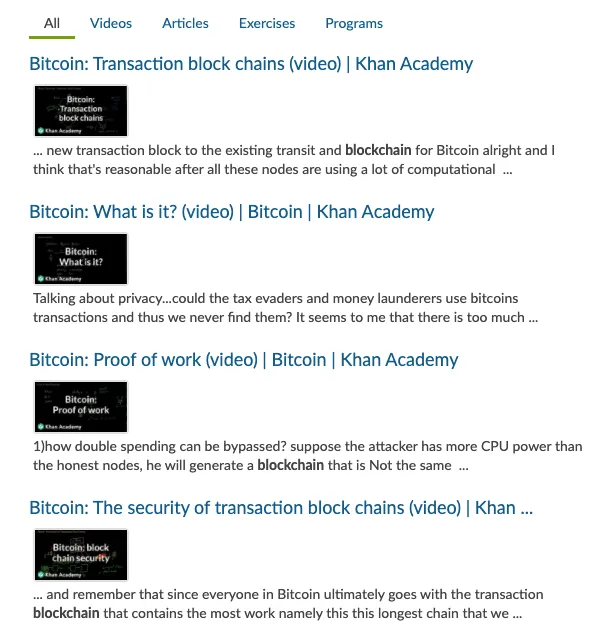
What is truly amazing about Khan Academy is that they have been mastering gamification since the inception. Anyone can learn on this platform for free, and it is easy to get “hooked”. As a learner, you earn “energy points” and badges. The development of new types of badges has dramatically increased. Much like HIVE, you can see the badges you have already earned as well as badges you can work toward achieving.
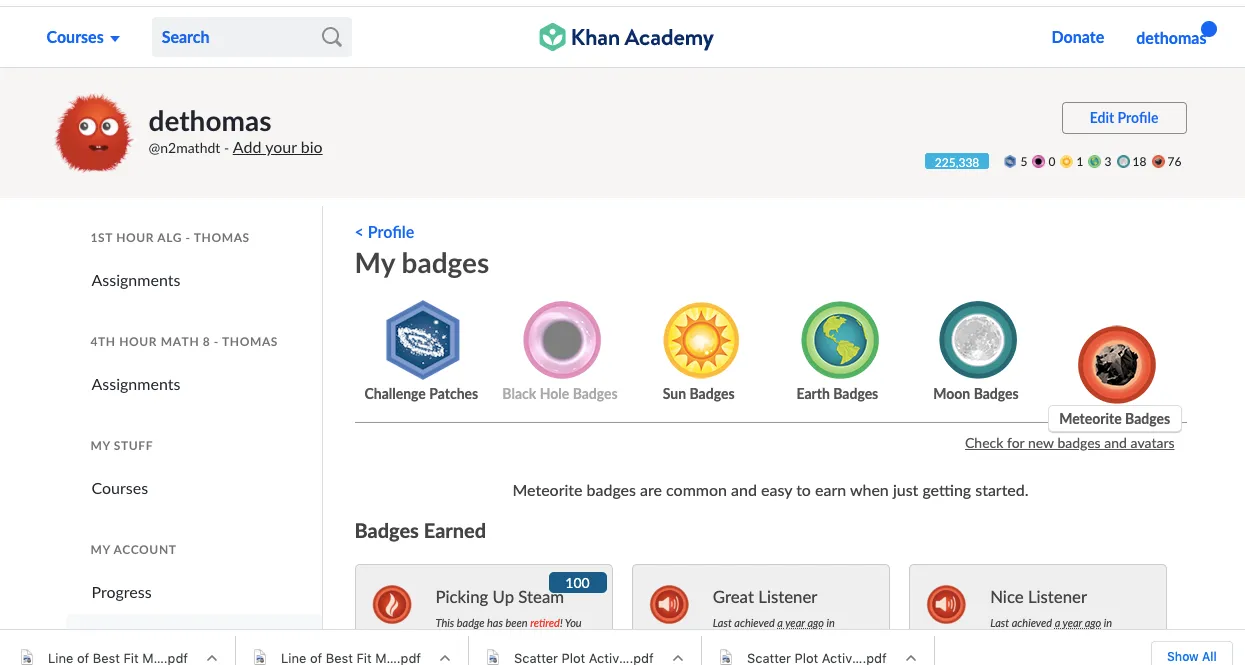

You also can create an avatar, and the more energy points you have, the more choices you have for your avatar.
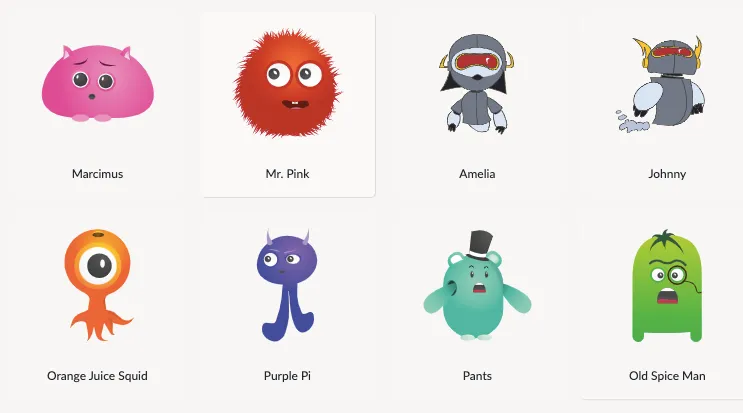
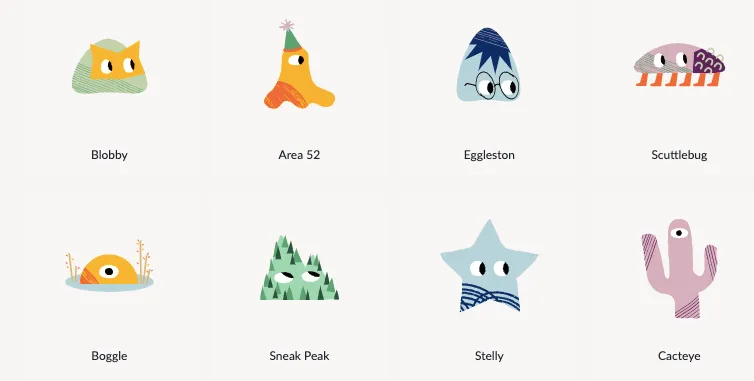
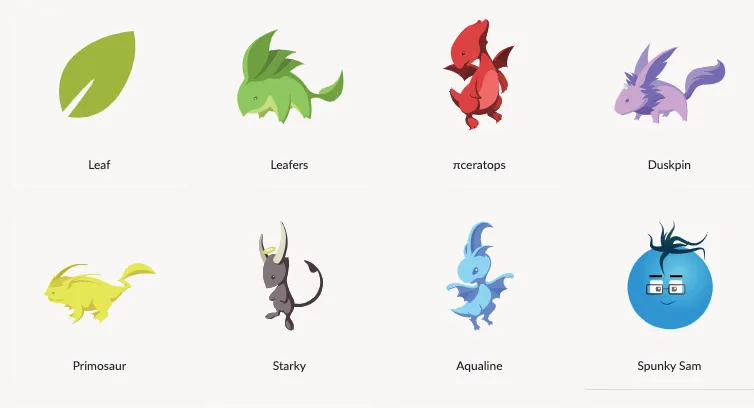
Besides rich gamification features, Khan Academy is built around the idea of online Competency Based Learning. When I was teaching “Math Essentials”, a remedial math course, students worked on Khan Academy 2-3 days per week. I was able to assign specific topics to support what they were learning in their regular math course. In addition, students were able to work through a math course at their own level and pace to fill in gaps of their learning. Khan Academy provides instructional videos when students need support, immediate feedback and help(hints) as they are working through exercises, and assessments to determine what lessons students need to complete next. The organization of the mathematics courses, including the way it assesses prior and acquired knowledge, has dramatically improved over the years.
Khan Academy’s declared mission is “changing education for the better by providing a free world-class education to anyone anywhere.” is available in 50 languages. cUp to this point, Khan Academy remains a Non-profit organization and gets funding from Google, The Bill and Melinda Gates Foundation, and other donors. However, per Kapilkov (2020) Khan Academy saw a 250% increase in site use at the beginning of the pandemic. The already financially strapped platform is encouraging blockchain users to help keep this amazing educational service going. CEO Sal Khan asked users to donate fiat or BAT to help Khan Academy stay afloat. Because Khan Academy has so much Bitcoin content and is a Brave Browser/BAT Publisher, this is a logical step in gaining donations.
What does the future hold for Khan Academy? Do you think they could go even further into blockchain and possibly tokenized education?
Resources:
Bruenner, Eric. “Play to Learn With Khan Academy.” Gamification Co, 8 Nov. 2012, www.gamification.co/2011/05/26/quests-skill-trees-for-learning-with-khan-academy/.
Jagannathan, Sheila. “When Education Is Reimagined-Khan Academy: World Bank Group.” Olc.worldbank.org, olc.worldbank.org/about-olc/when-education-reimagined-khan-academy.
Kapilkov, Michael. “Crypto to the Rescue After Khan Academy's COVID-19 Traffic Surge.” Cointelegraph, Cointelegraph, 1 Apr. 2020, cointelegraph.com/news/crypto-to-the-rescue-after-khan-academys-covid-19-traffic-surge.
Khan Academy, Khan Academy, www.khanacademy.org/search.